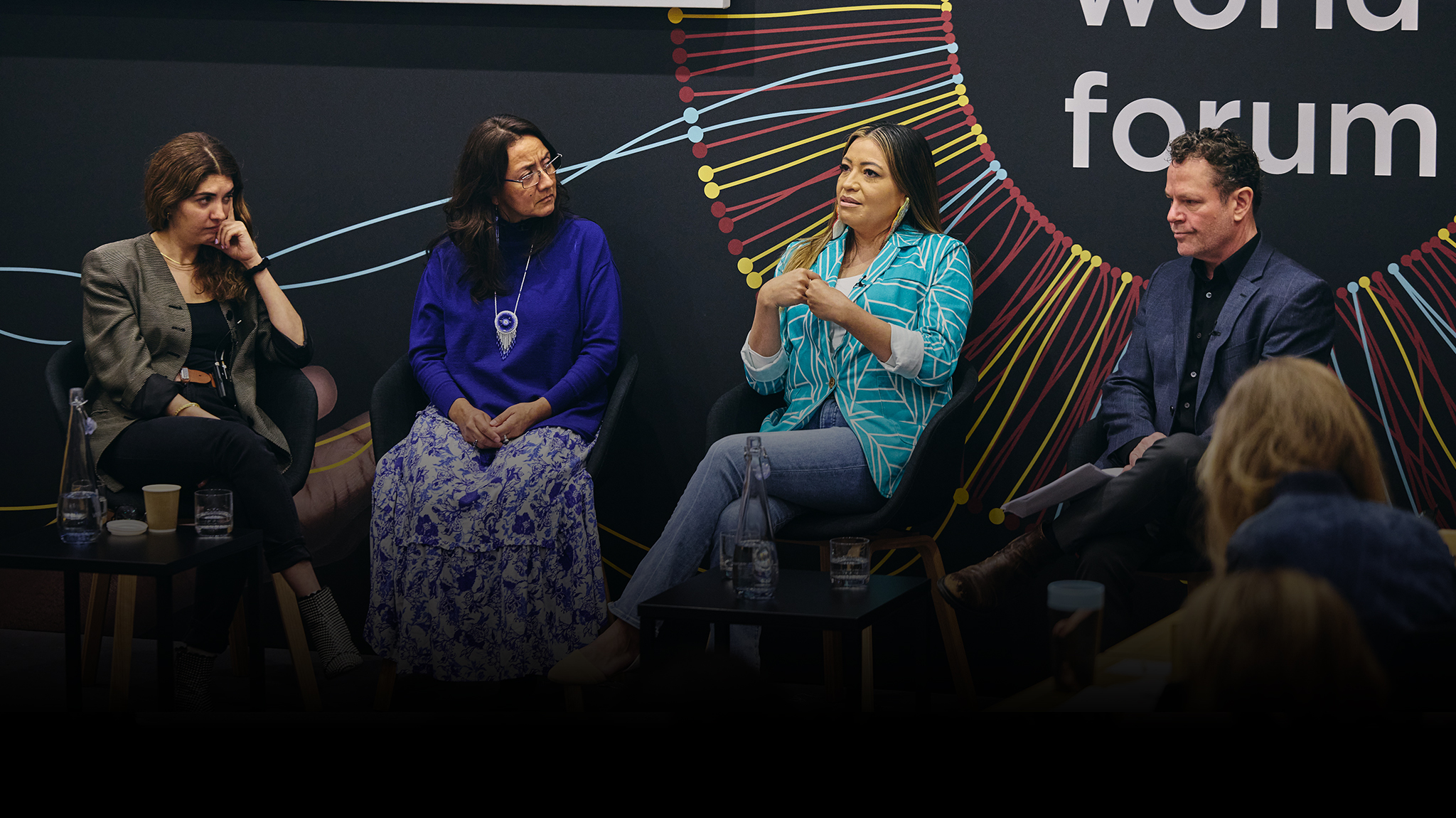What Does “Large-Scale Change” Look Like? We Partnered With Freethink to Find Out
At the Skoll Foundation, our north star is to drive large-scale change by supporting the work of social entrepreneurs and other innovators. “Large-scale change” is a very high bar for impact—a guiding aspiration that informs all of our work here. But what does that type of sweeping, systems-level change actually look like out in the real world? Can we take that abstract concept and translate it visually in a way that clarifies and galvanizes? Can we make this idea of large-scale change come alive in a compelling, vivid narrative? These are some of the questions we set out to answer in a collaboration with the visual storytellers at Freethink.
An ongoing video series came from that collaboration, and the first piece takes a look at the work of Pratham in India. We’ll add more pieces over the next weeks and months.
A Visual Explainer with Olivia Leland of Co-Impact
When we think about changing the world, we make a few mistakes over and over again. We think it’s a matter of voting, or giving to charity, or starting a business – but historically, many of the world’s biggest changes have come through collaboration between different groups of people: governments, charities, and businesses. Instead of thinking about how we can make a difference and starting from scratch, we should be finding people who are working on similar ideas in different areas and try to collaborate with them. Instead of insisting on our own solution, we should be listening to people and what they need. When it comes to challenges like polio, it took government action to roll it out in the United States, business to produce the vaccine, and charities to help it spread in the developing world.
Olivia Leland, founder and CEO of Co-Impact, shares three lessons learned from organizations, philanthropists, and social change leaders that move the world forward.
Before Co-impact Olivia worked with Bill and Melinda Gates and Warren Buffett as the founding director of the Giving Pledge, an effort to help address society’s most pressing problems by encouraging philanthropy globally. The Giving Pledge has now mobilized some 170 wealthy individuals and families from 21 countries to pledge to give away at least half their estimated net worth of more than $800 billion.
A Deep Dive with Pratham
One in 10 people in the world today can’t read. Pratham‘s innovative approach is helping kids in developing countries learn to read in as little as 50 days. Pratham’s methodology centers around teaching children based on their level rather than their age or grade. It began in India, where most kids are in school—but many aren’t able to read at grade level. The success of the core approach – teaching kids at their level and not neglecting those who have fallen behind—has lead to increased reading in Indian states from Jammu and Kashmir to Tamil Nadu.
Now it’s in use in 14 other countries. Could it end up teaching hundreds of millions of kids to read? And with millions more citizens able to read, could it help developing countries prosper? In this video, Freethink interviews Madhav Chavan, co-founder and president of Pratham, who explains how the Pratham program works and why it’s necessary. We also visit classrooms in India using the program. Team leader Ranjeeta Kushwaha talks about how kids respond, and Dr. Sarvendra Vikram Singh, the Director of Basic Education in Uttar Pradesh, describes how the government finds it effective. We also meet with Ashleigh Morrell, an associate director at J-PAL Africa who’s helping adapt the methodology in countries like Zambia.
Looking for more? Getting Beyond Better demonstrates how and why meaningful change actually happens in the world and provides concrete lessons and a practical model for businesses, policymakers, civil society organizations, and individuals who seek to transform our world for good.



